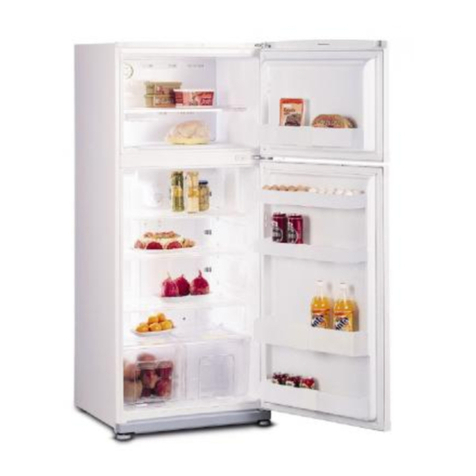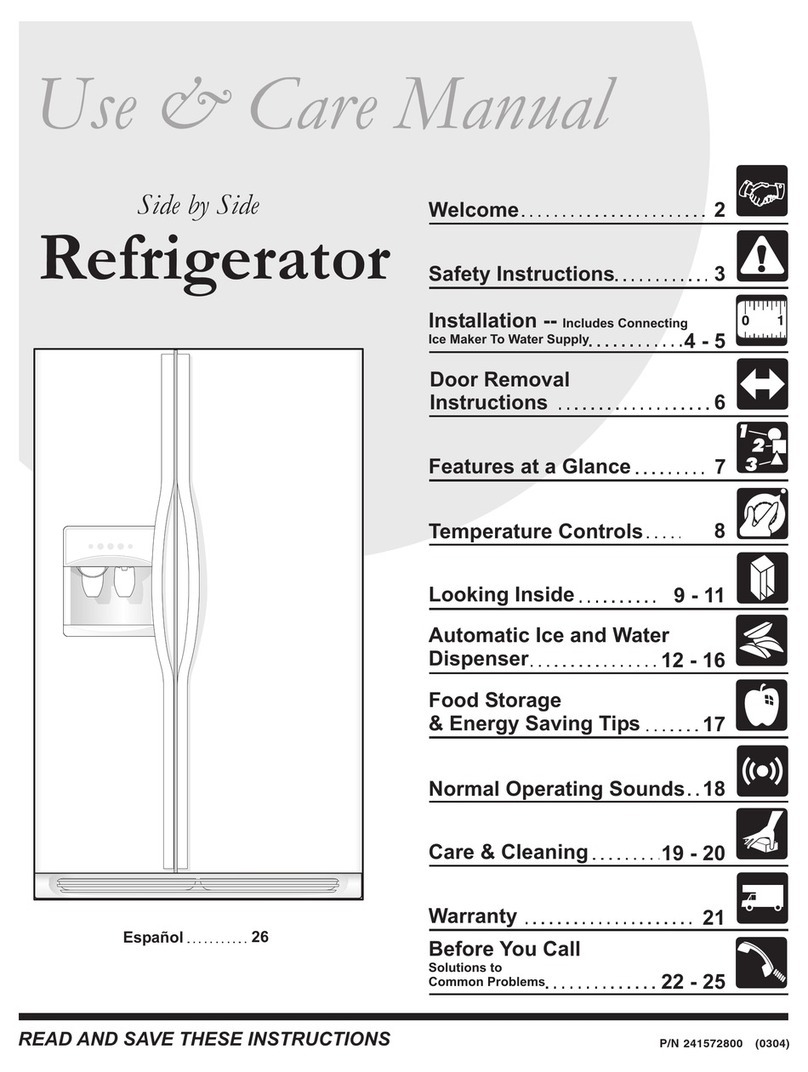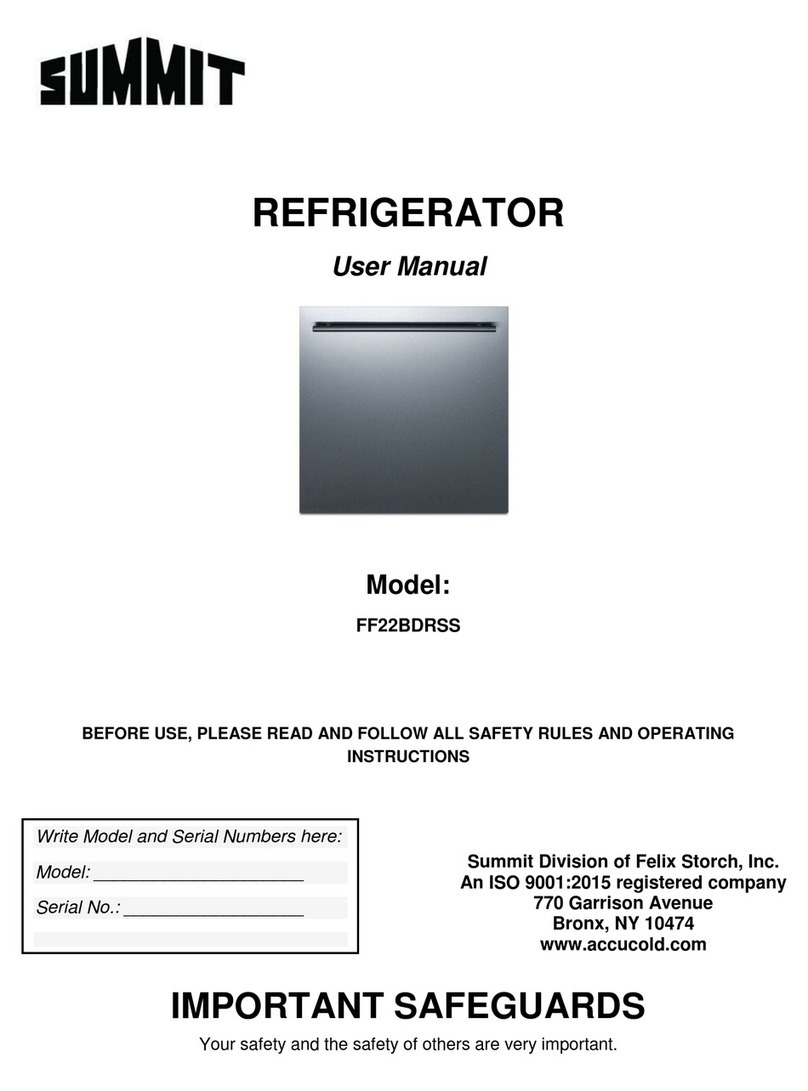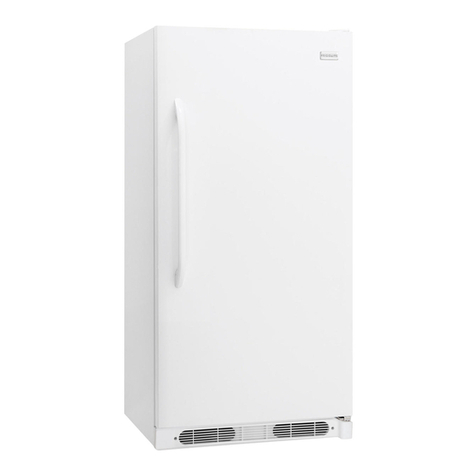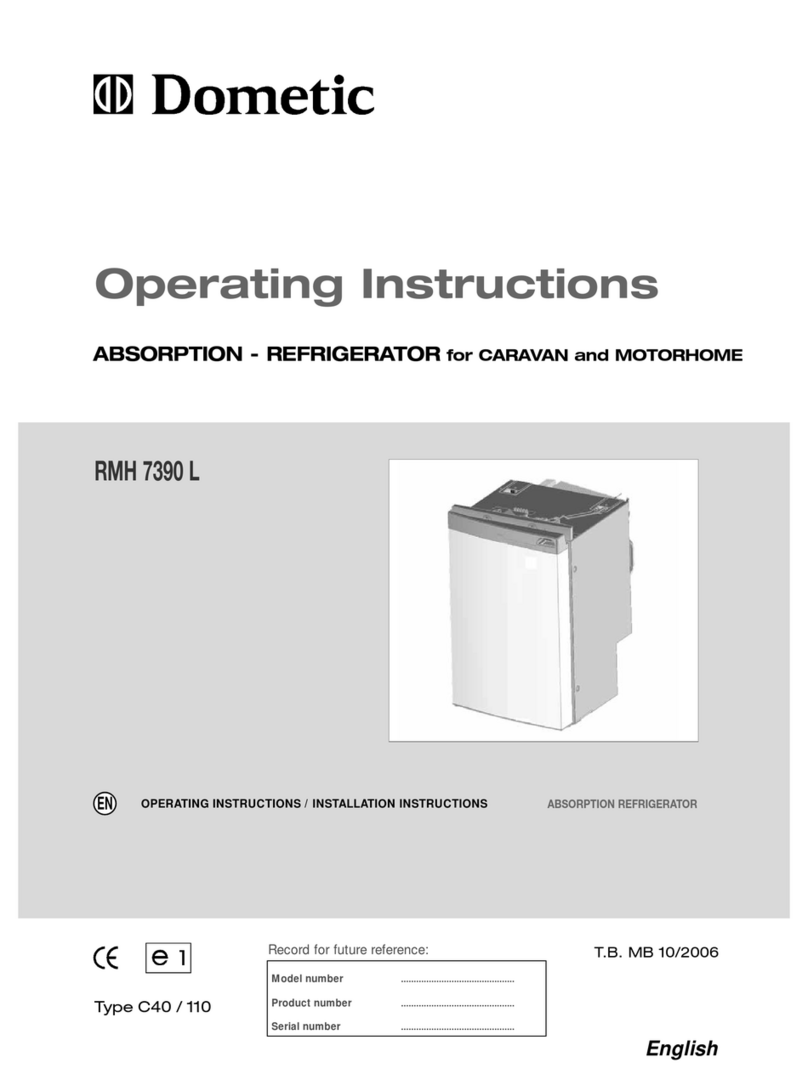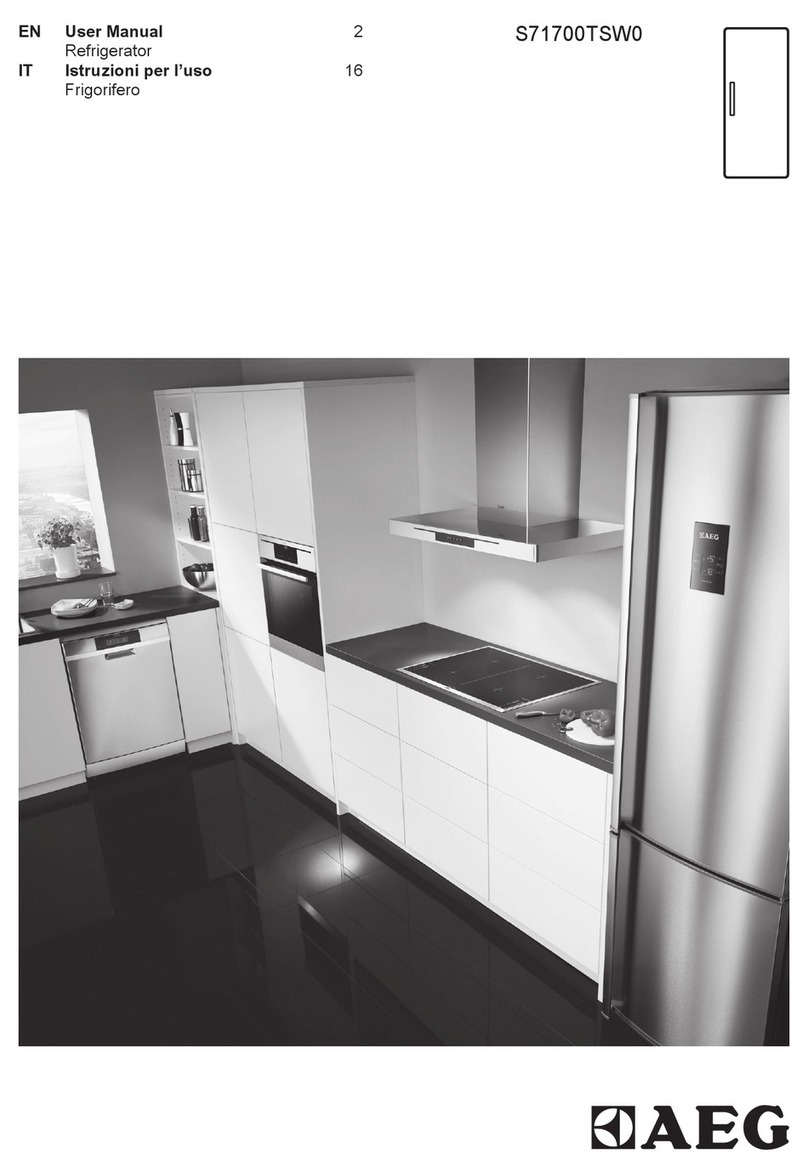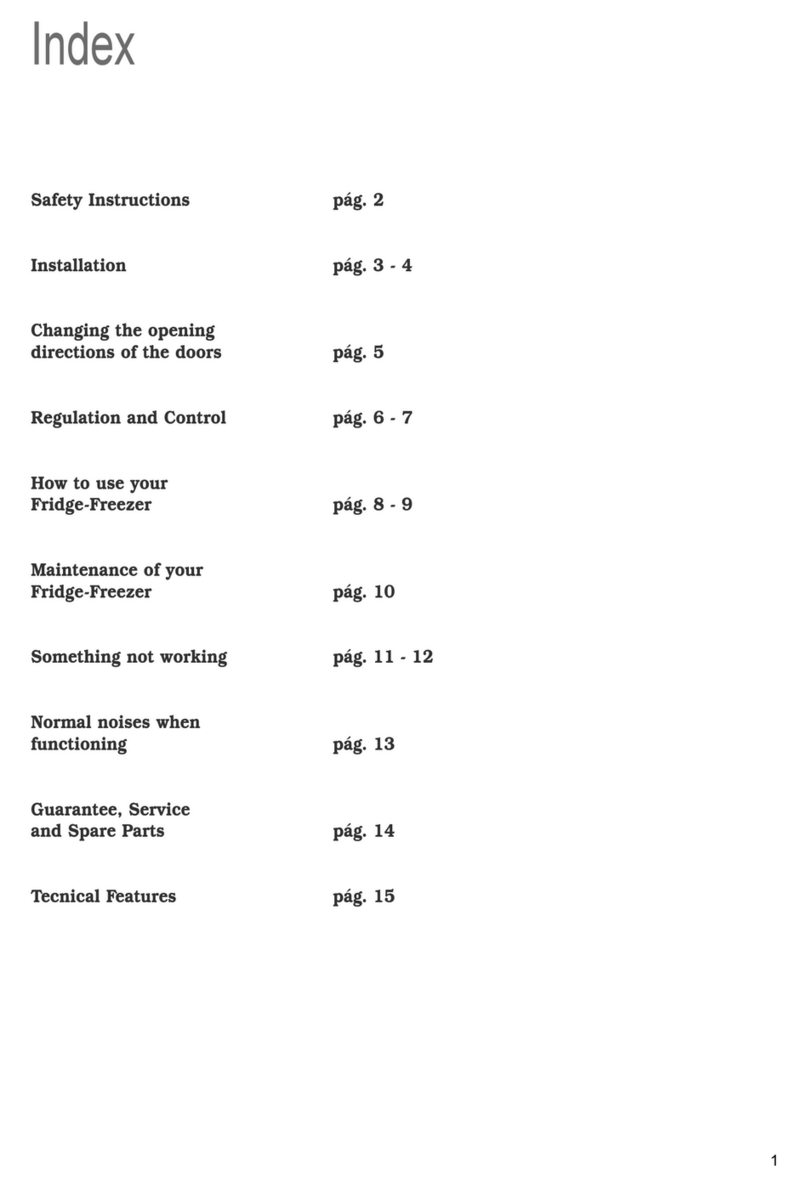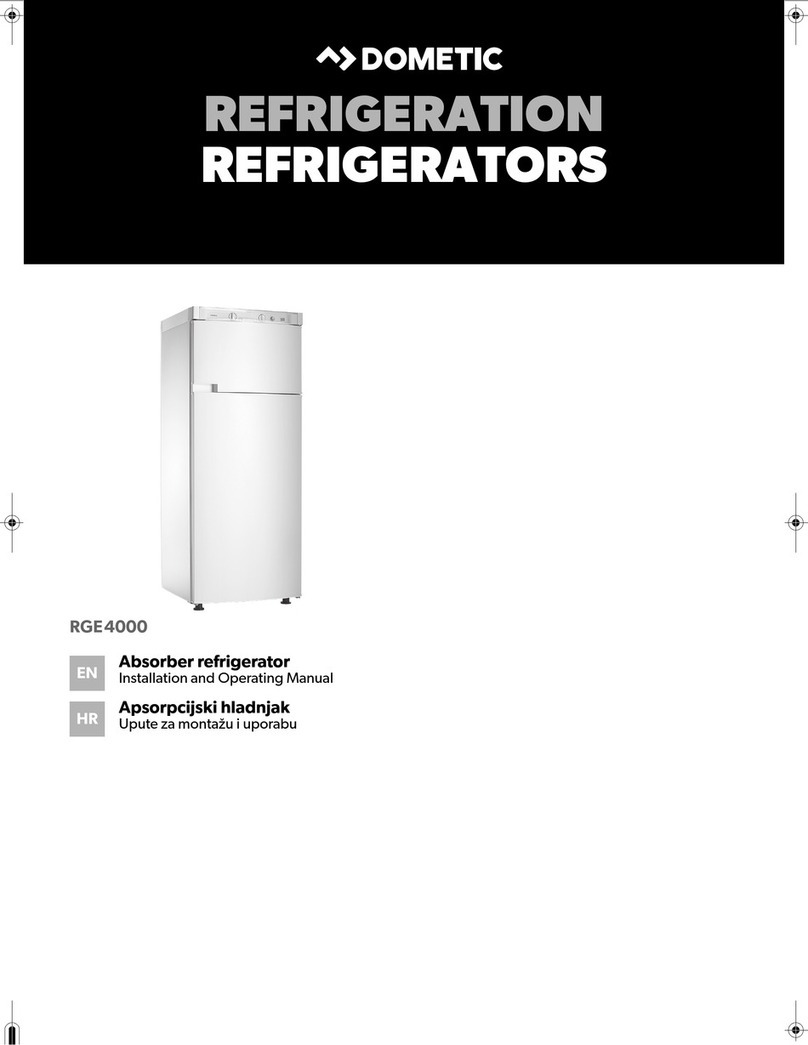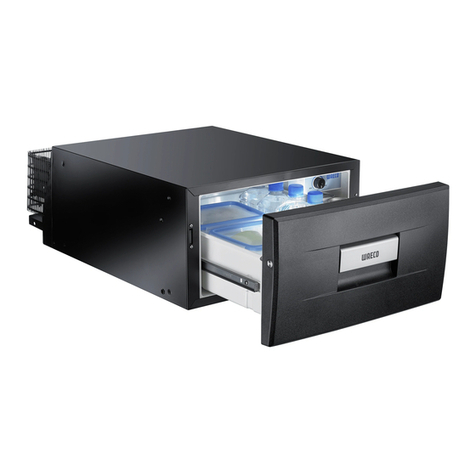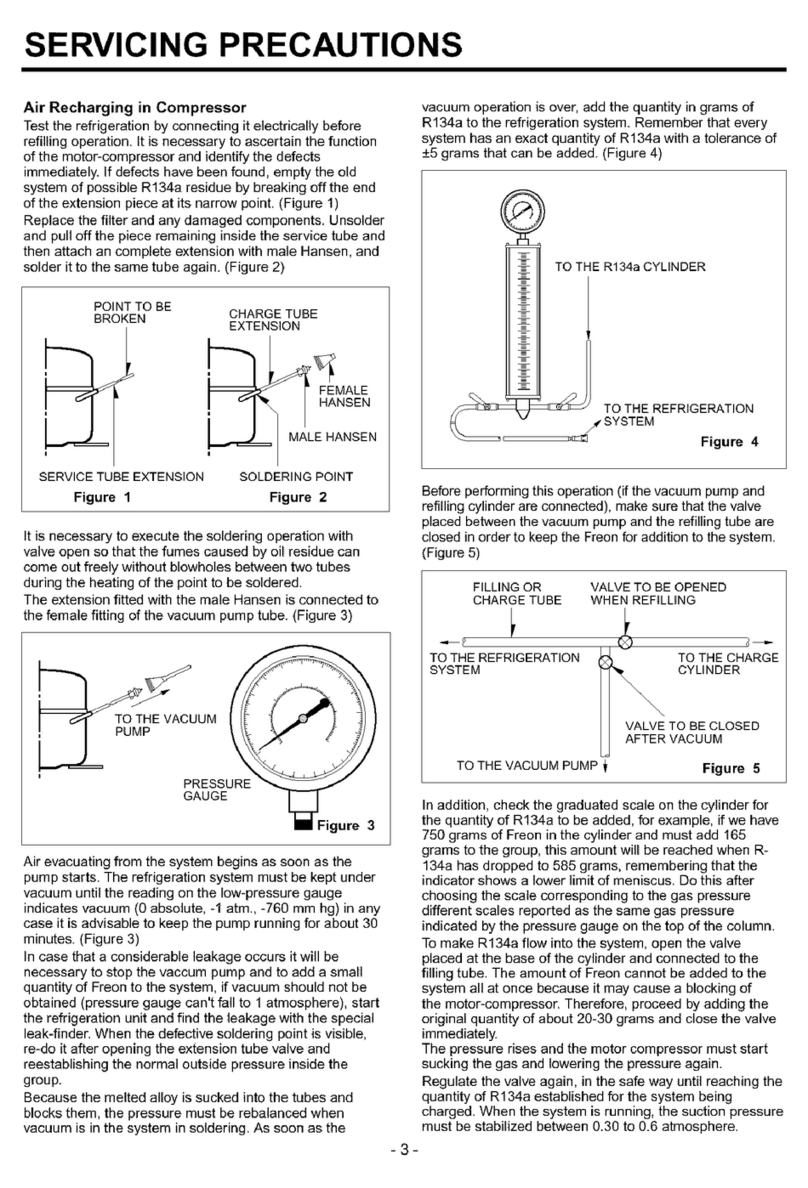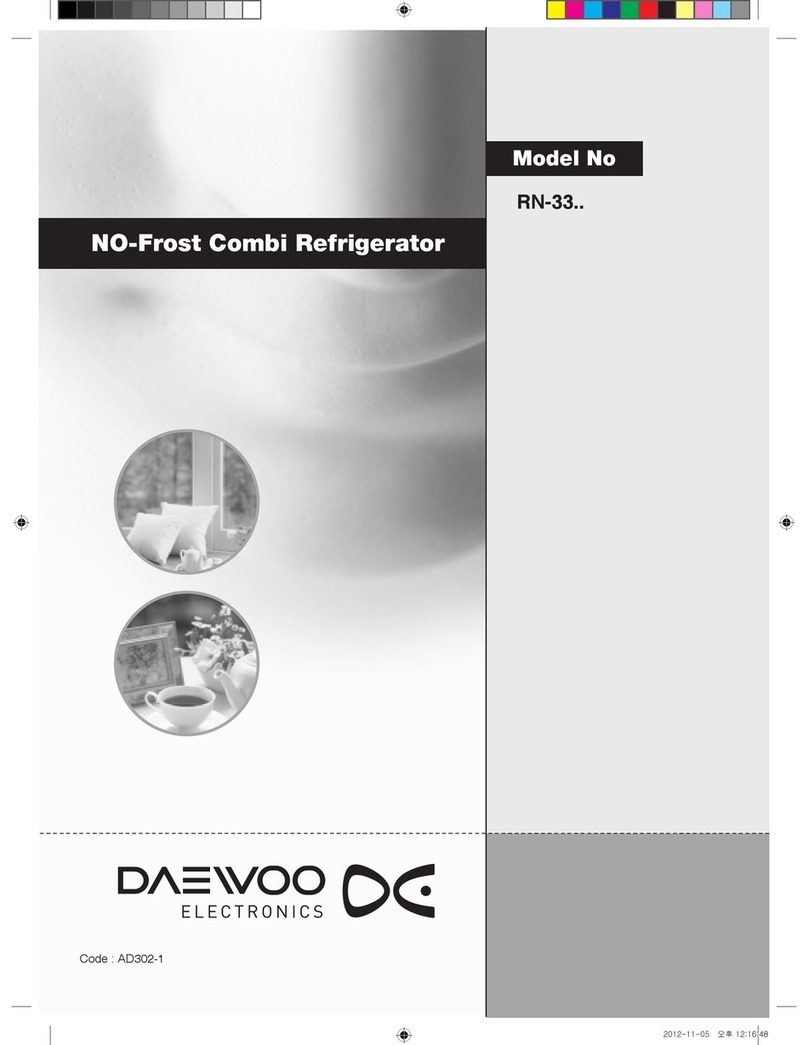Beko RSSE265K20W User manual
Other Beko Refrigerator manuals

Beko
Beko RDNE390M21S User manual
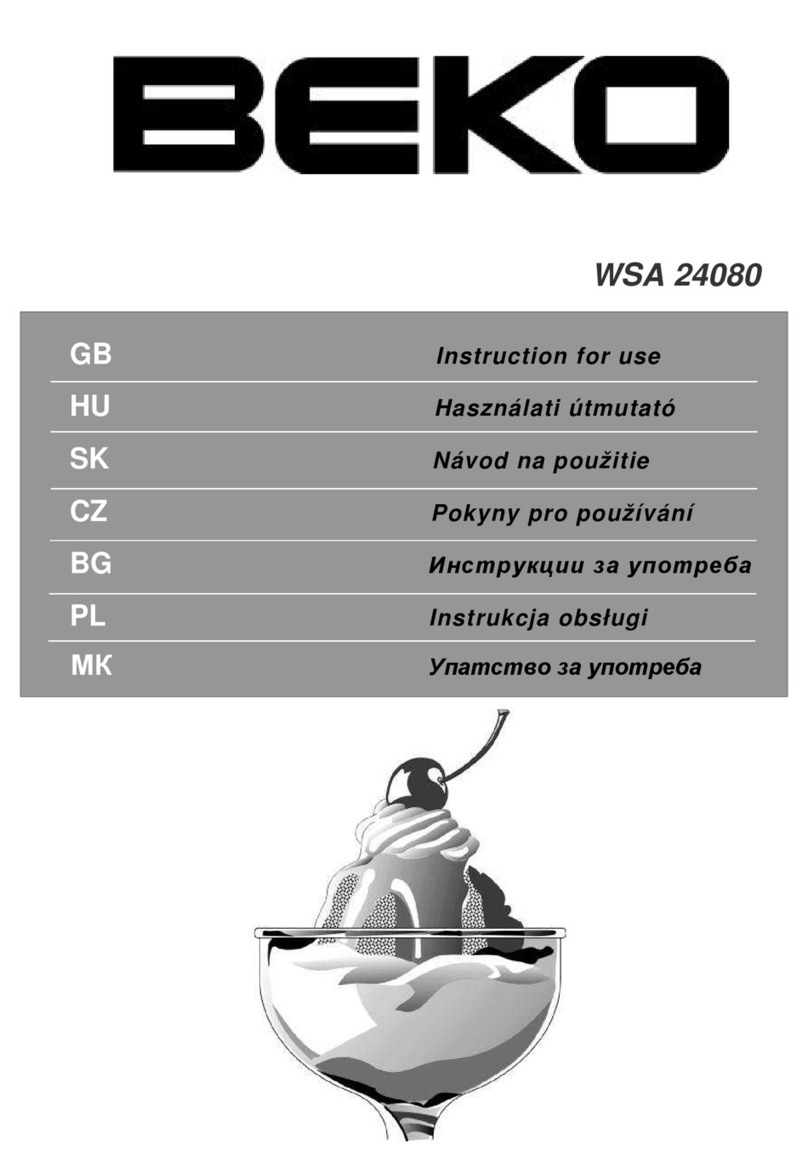
Beko
Beko WSA 24000 User manual

Beko
Beko BL 77 User manual

Beko
Beko CSA 22020 User manual

Beko
Beko BSSA200M3SN Instruction Manual

Beko
Beko RCSA330K31PT Instruction Manual
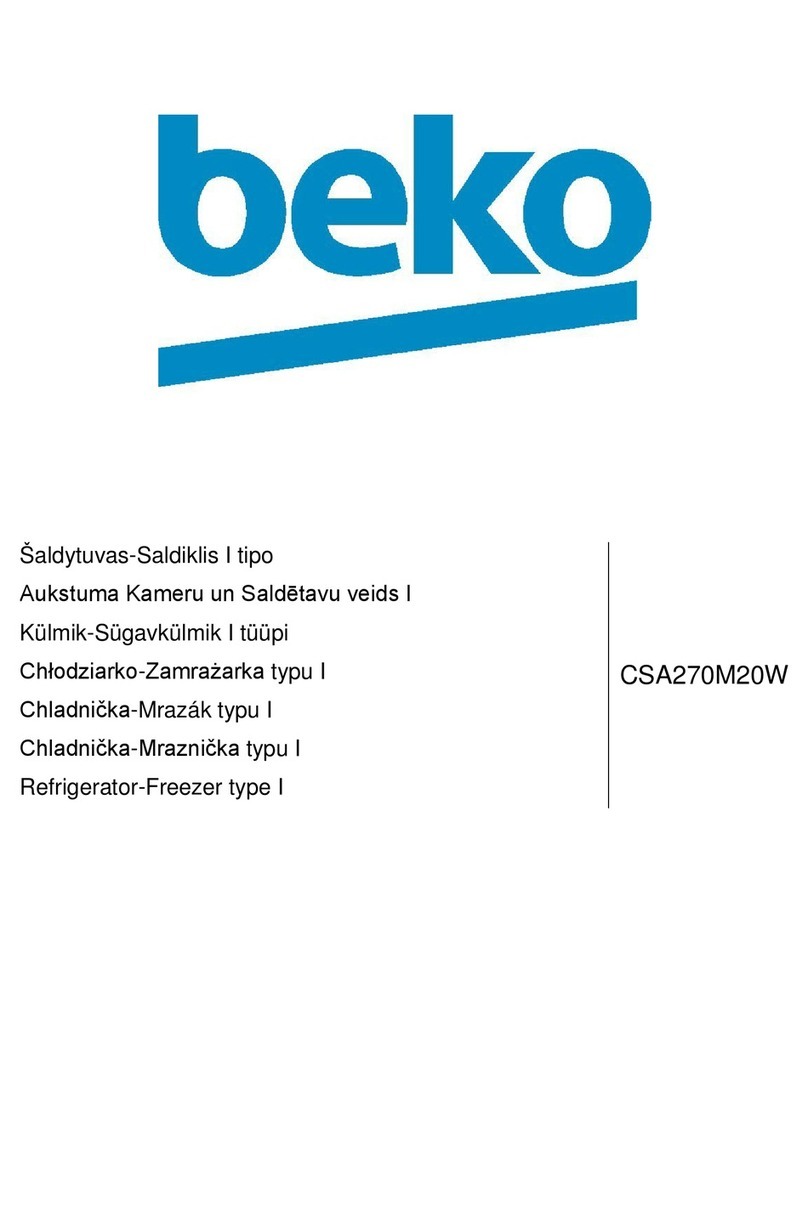
Beko
Beko CSA270M20W User manual

Beko
Beko DS227030N Instruction Manual

Beko
Beko RCNA365O40W4Y User manual
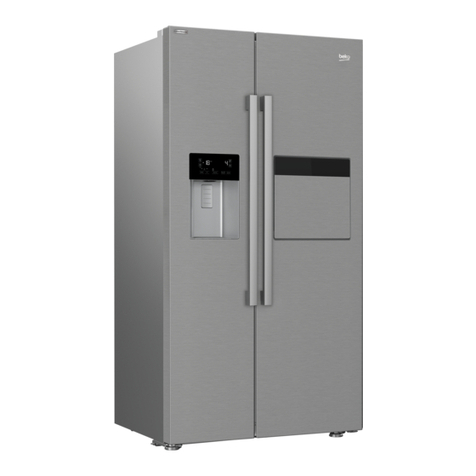
Beko
Beko GN162430X User manual

Beko
Beko DN162230DJIZX User manual
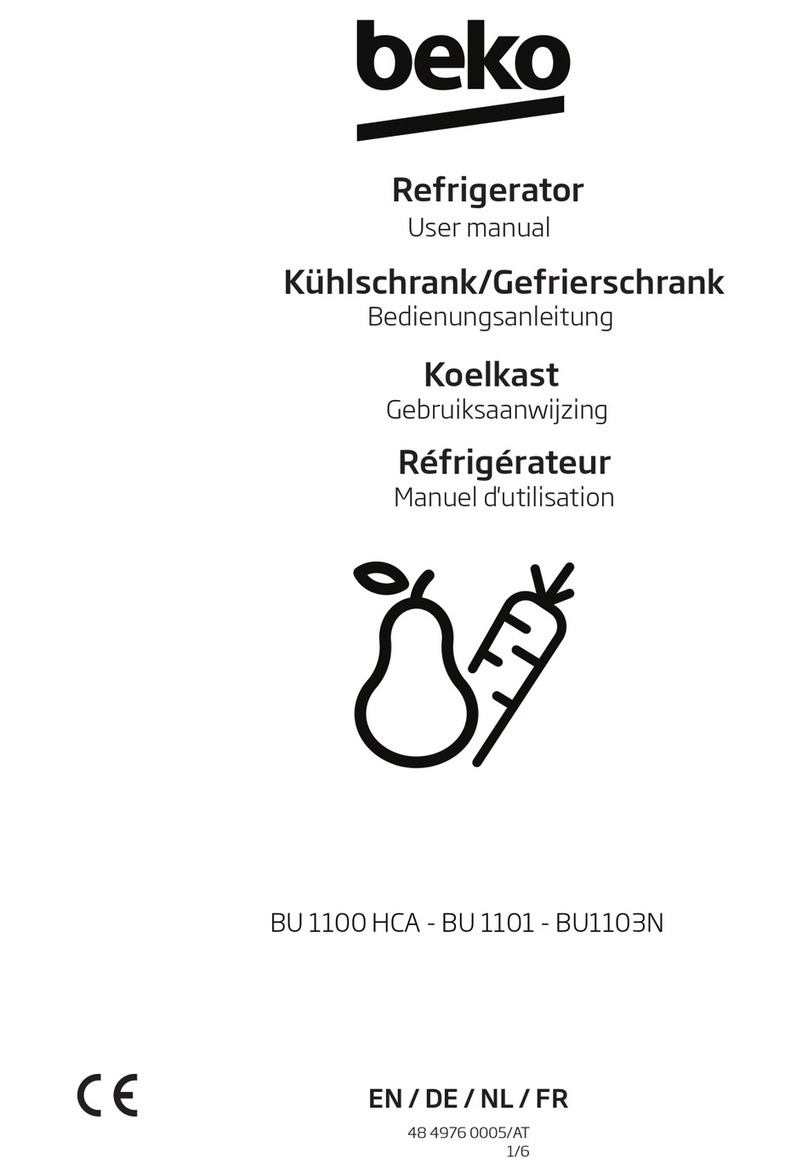
Beko
Beko BU1103N User manual
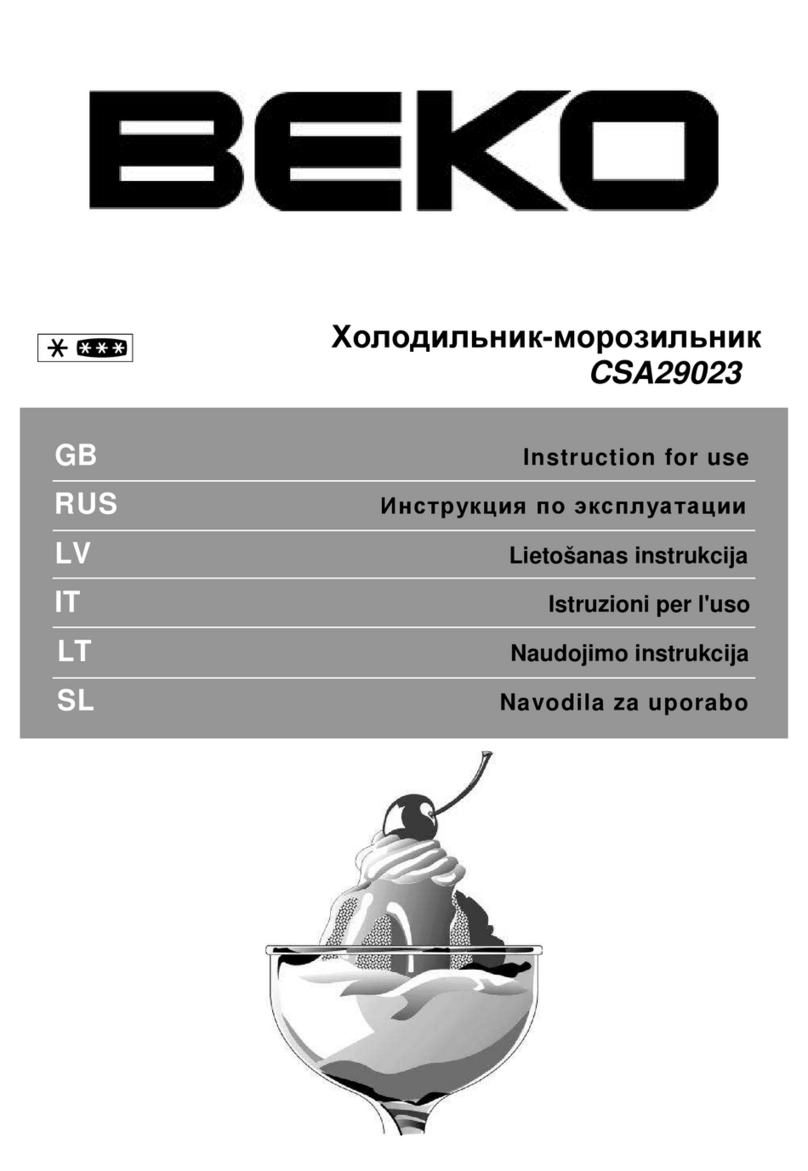
Beko
Beko CSA29023 User manual

Beko
Beko RSNE445EDX User manual

Beko
Beko GKMI 25430 N User manual

Beko
Beko CXFG1685 User manual
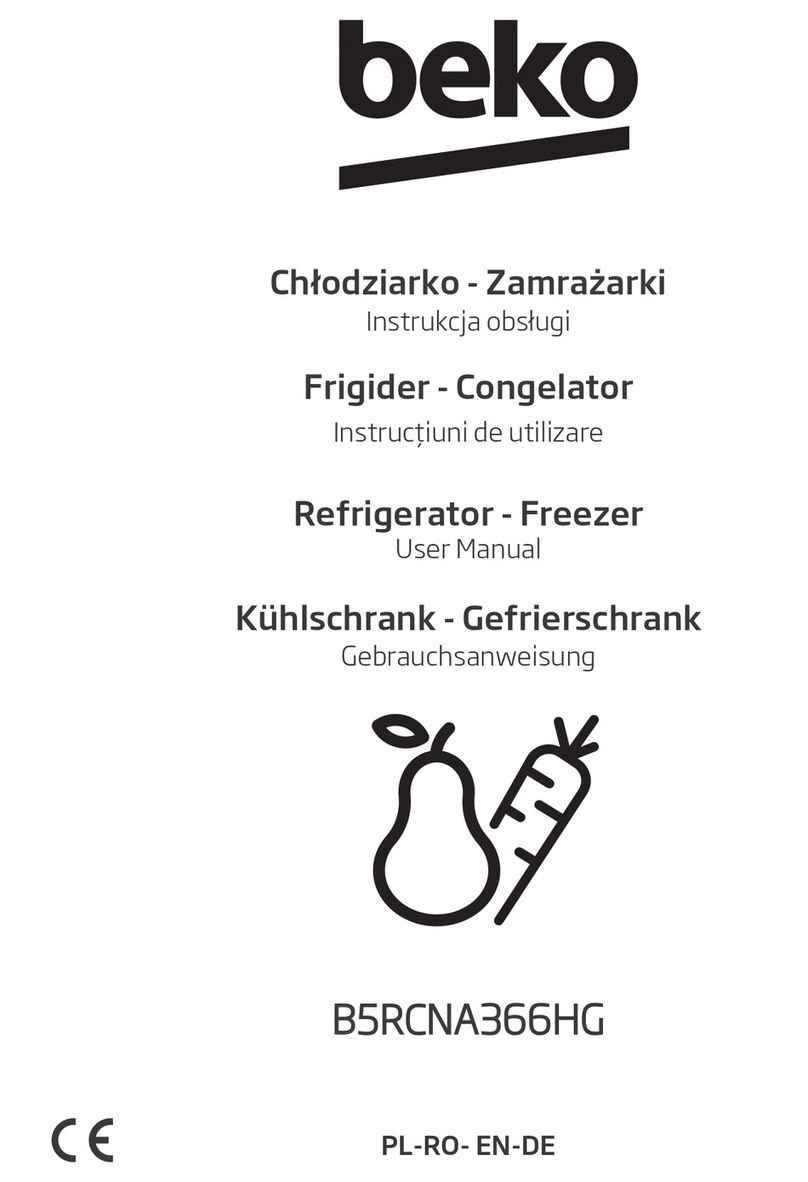
Beko
Beko B5RCNA366HG User manual

Beko
Beko TS110321S User manual
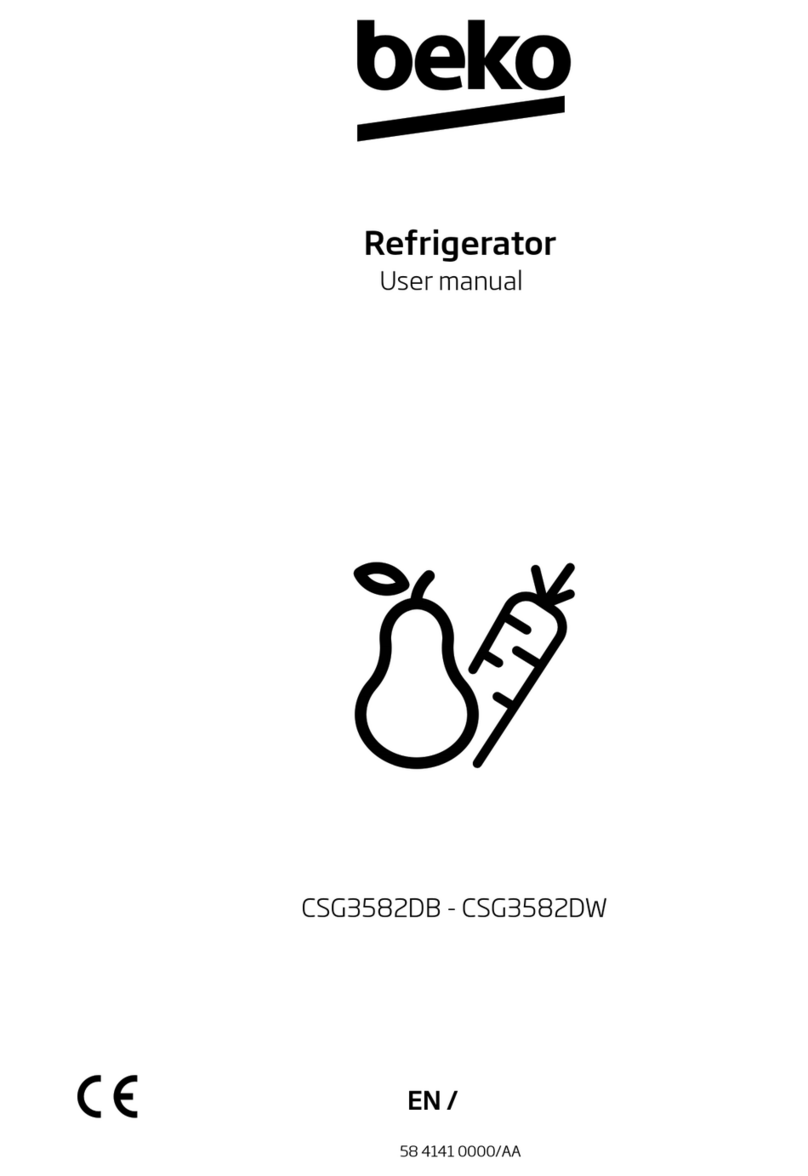
Beko
Beko CSG3582DB User manual
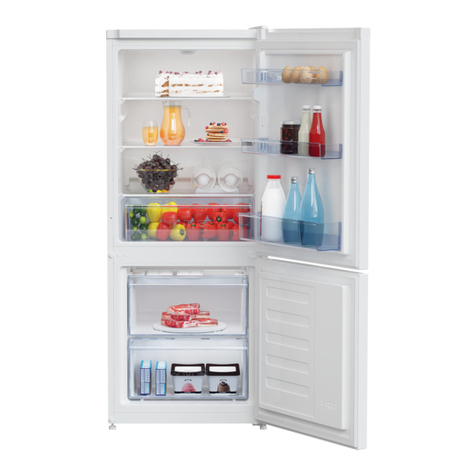
Beko
Beko RCSA210K30W User manual

